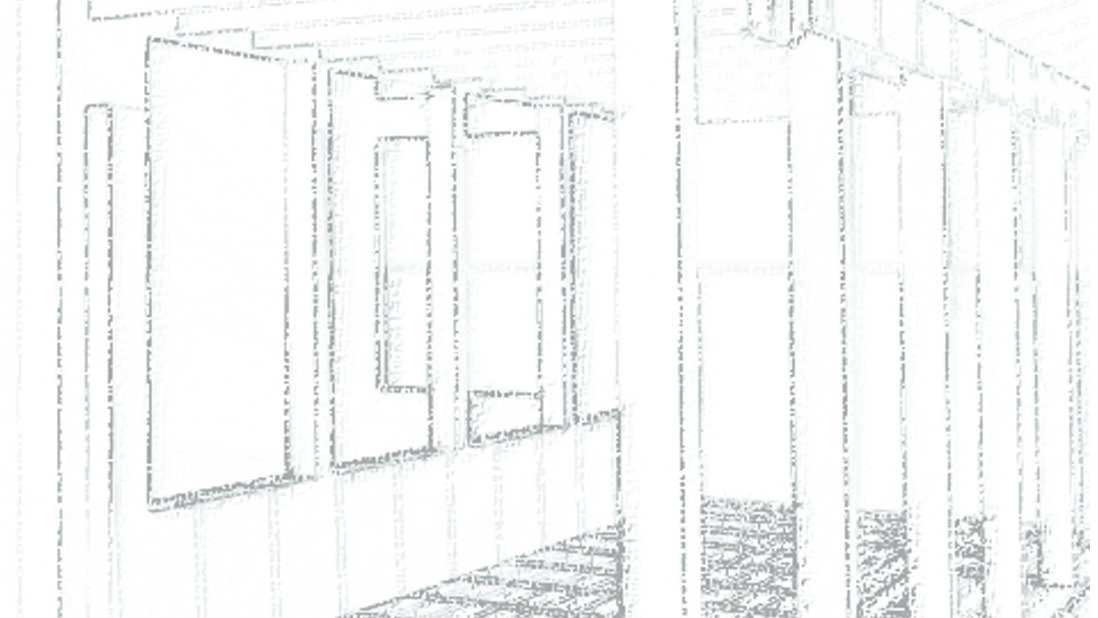The House of Steel
There are several materials other than wood you can use to build a structure, one of the most common is steel. Steel products are particularly versatile and can be applied in a variety of ways including fencing, gateways and even artwork; you can get more information on applications of things like sucker rods online. Steel is used very commonly in construction, and there are basically three types of steel used in the construction of a building, light gauge cold formed steel studs and joists, bar joists, and steel beams. It you are interested in getting steel for a construction project, then it might be a good idea to check out these steel i beam sizes to give you a better idea of what you should be looking for. These are most commonly used in commercial and institutions not so much because they are stronger and can handle more load, but because they are non-flammable and more dimensionally stable. Steel can also be used as part of sheet piling, and sheet piling contractors commonly use steel for for retaining walls, land reclamation and underground structures. Buildings that plan to be around for a hundred years can afford the upfront costs as the maintenance requirements of steel building materials are almost nil if they are properly protected from rusting. For masonry and timber, you may need a joist hanger.
